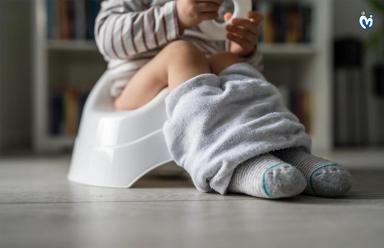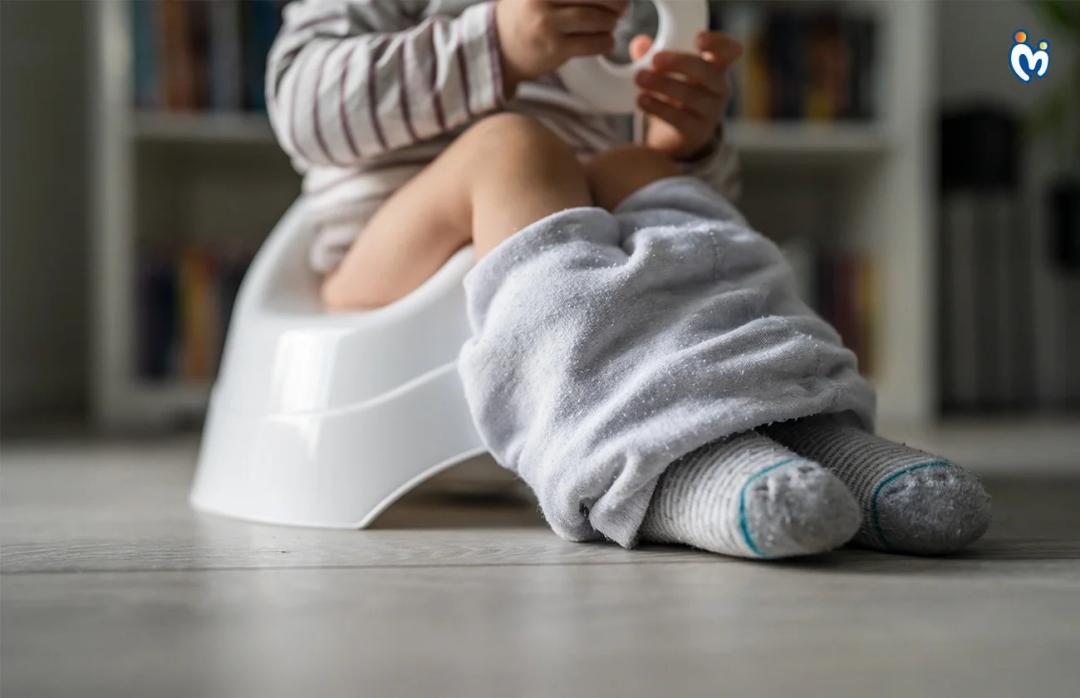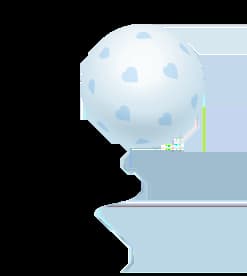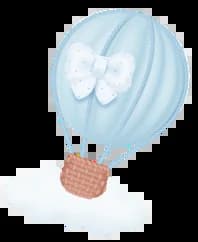A toddler getting attached to their bottle is not an uncommon thing. Besides providing nourishment to your little one, bottles often become a source of comfort for the baby and this ultimately turns into a habit. So as a parent, it’s our responsibility to make sure to start weaning babies from bottles at the right time and make them comfortable enough to start drinking from glasses.
From boosting tooth decay, deshaping the smile to increased chances of obesity - bottle feeding has certain disadvantages as well. Hence it becomes important to transition your toddler to using a glass, rather than a bottle. The longer time you wait for this transition to happen, the more the baby gets attached to his/her bottle. So it’s better to have baby get rid of it.

So here I am penning down some simple yet effective tips that will make the process of switching from bottle to glass, quite easy.
Choosing the right time when to stop bottle feeding your baby.
The first step of this process should start when the baby is six months old. Make sure that the baby is fit and healthy. Try to give him a toy cup/glass to make him familiar with it. Then try serving the milk to him in the glass, don’t cut out the bottles all at once. It might happen that baby will not coordinate properly in the beginning but gradually he/she will be easily able to use glass.
Preparing your child mentally for drinking from glass

Kids have a tendency to do what adults around them do. So, you can regularly tell your kid that now he/she is growing big and just like other grown up kids he/she too should drink from glass.
Instead of cutting bottles all at once, wean it off slowly.
Going with the technique of cutting bottles all at once can make your child throw tantrums or the kid can go on a hunger strike, and you will find it difficult to deal with him/her. If baby denies sleeping without bottle, then it can result in sleep disturbances as well.
Try choosing different objects.
Take your kid to the nearby store and let him select the glass of his/her choice. Buy a few different types and experiment. Straw is a good option to help in this transition from bottle to glass for feeding. To cut back on spills, you can serve vanilla yogurt or some puréed fruit (thinned with water) for initial days.
Do not give in half way.
Last but not the least, once you start the process do not get tired half way as it will make the whole process more difficult when you start it all over again; as kid now knows what will make you give him his/her bottle back.
As I already said, the sooner the better. You kid will take a lot of time to get comfortable with this change, but this will happen for sure with your efforts.
FAQ's
Q. When should I start transitioning my baby from bottle to glass?
A. Most experts recommend starting the transition between 12 to 18 months. At this age, babies have better motor control, making it easier to handle a glass or training cup. Early transition helps prevent dependency on bottles and supports oral development.
Q. Why is it important to move babies from bottle feeding to glasses?
A. Prolonged bottle feeding can lead to dental issues like cavities, affect speech development, and may even contribute to obesity. Introducing glasses encourages proper drinking habits and supports better oral motor skills.
Q. How can I make the transition from bottle to glass easier for my baby?
A. Start with a small, lightweight training cup with handles. Gradually introduce it during meals, offering water or milk. Stay patient and praise efforts, even if there are spills. Demonstrating by drinking from a glass yourself also encourages babies to mimic you.
Q. What kind of glass or cup should I use for my baby initially?
A. Use a soft-spout sippy cup or a small open training cup. Some parents prefer cups with spill-proof lids in the beginning. Choose cups made of BPA-free plastic or silicone that are safe and easy for small hands to grip.
Q. Is it okay if my baby resists switching to a glass?
A. Yes, resistance is common. Transitioning is a big change for babies who find comfort in bottles. Continue offering the glass without forcing it. You can mix bottle and glass feeding initially and gradually phase out bottles.
Q. How long does it usually take for babies to switch completely to glasses?
A. Every baby is different. For some, it may take a few weeks, while others may need a few months. Consistency, patience, and encouragement are key to a successful and stress-free transition.
Q. Can I still give my baby a bottle at night while using a glass during the day?
A. Ideally, it's better to eliminate nighttime bottles too, as sleeping with a bottle can cause tooth decay (also known as baby bottle tooth decay). Try offering water in a glass before bedtime instead of milk in a bottle.
Q. What are some tips to encourage my baby to drink from a glass?
A . Let them choose their favorite color or design of the cup.
- Model drinking from a glass yourself.
- Offer frequent praise and claps for successful sips.
- Use smaller amounts of liquid initially to avoid big spills.
- Stay consistent, offering the glass at every meal.
Q. Should I be concerned if my baby spills while using a glass?
A. No, spilling is a natural part of learning. Expect some messes as your baby develops hand-eye coordination. Using a small towel nearby and praising efforts over perfection helps them gain confidence.
Q. Are there health benefits to switching from a bottle to a glass?
A. Yes! Transitioning promotes better oral health, proper speech development, hand coordination, and independence. It also reduces the risk of ear infections and nutritional issues related to prolonged bottle use.
















